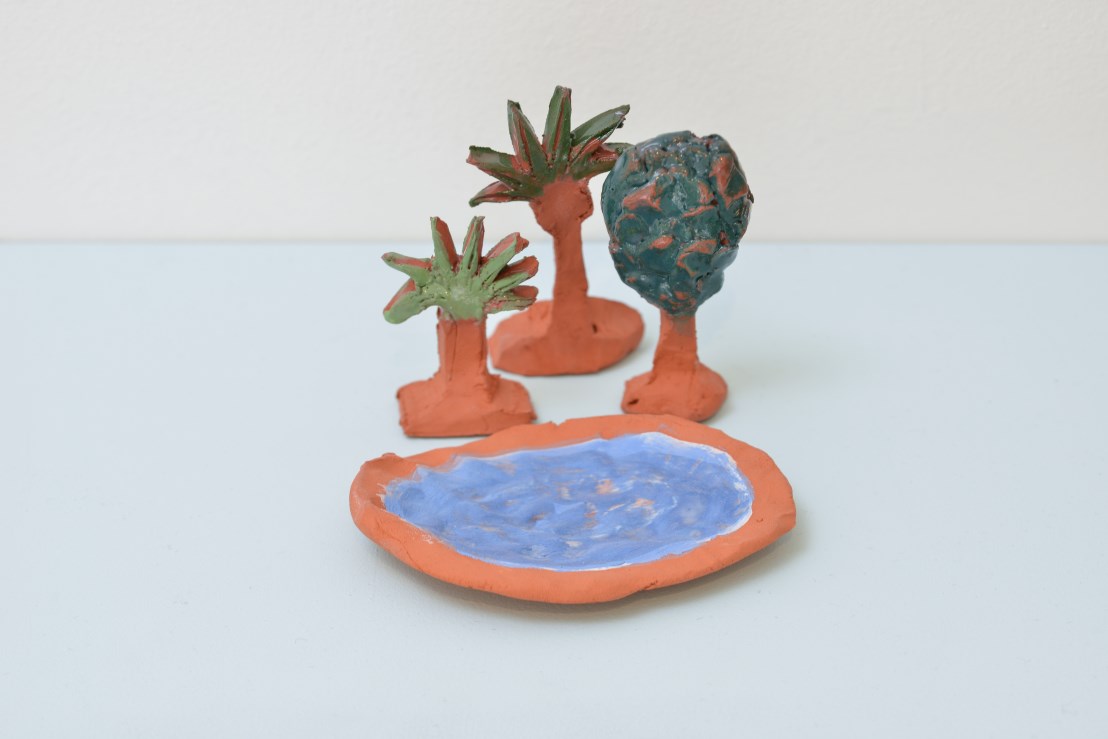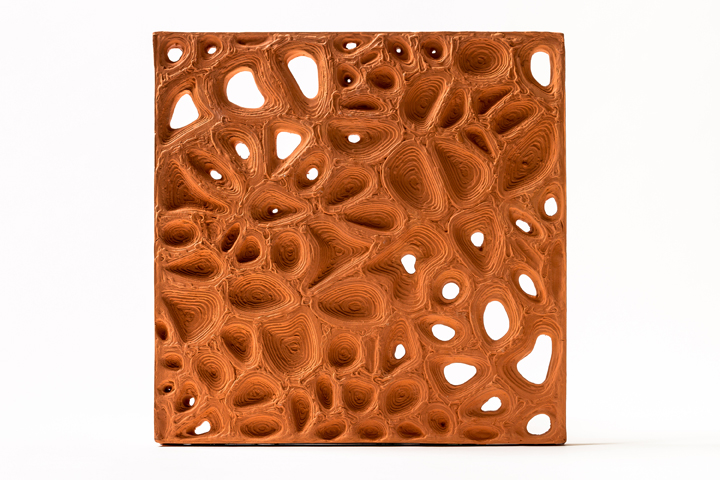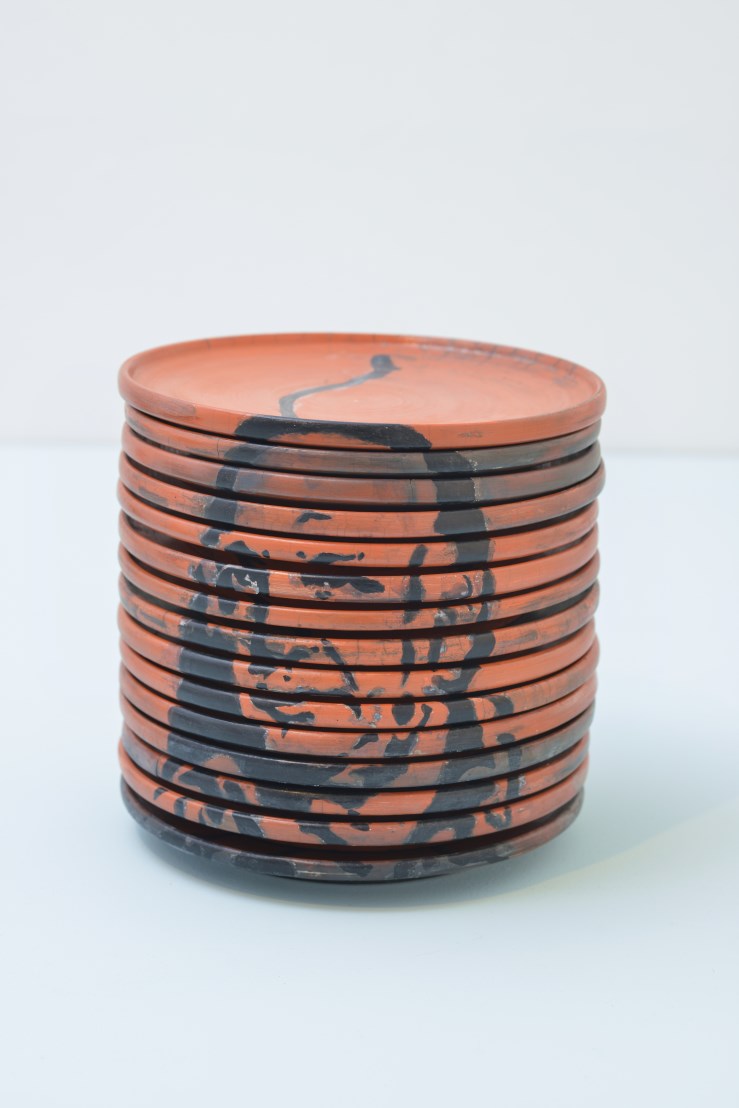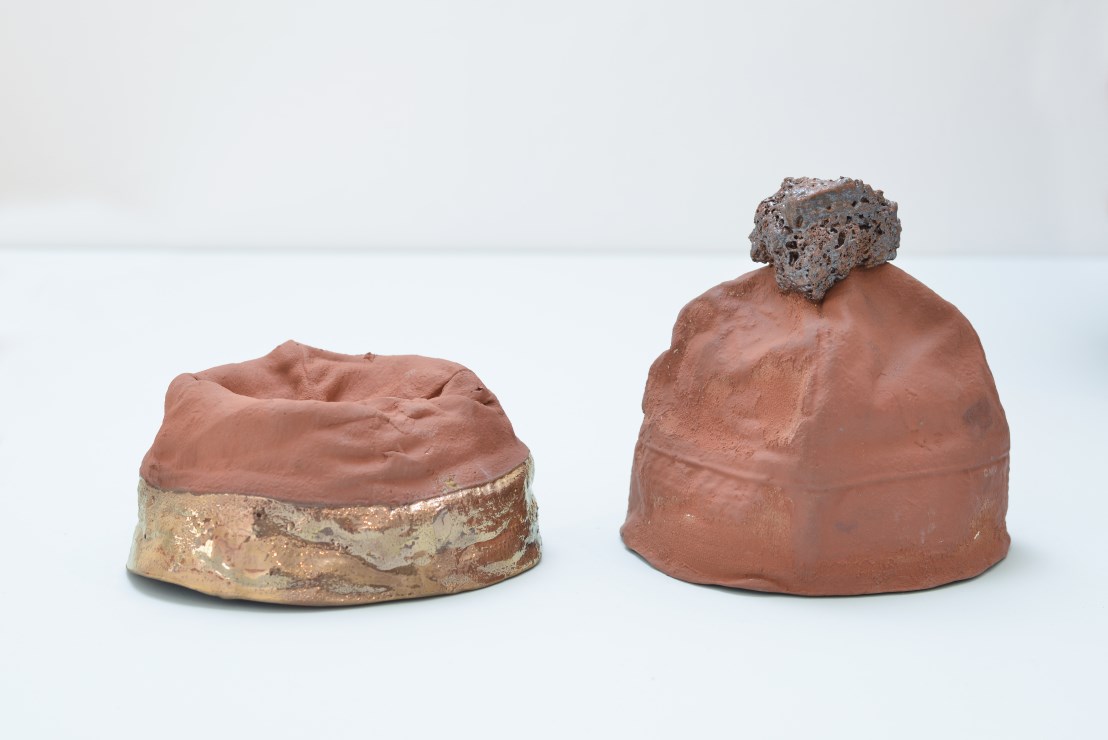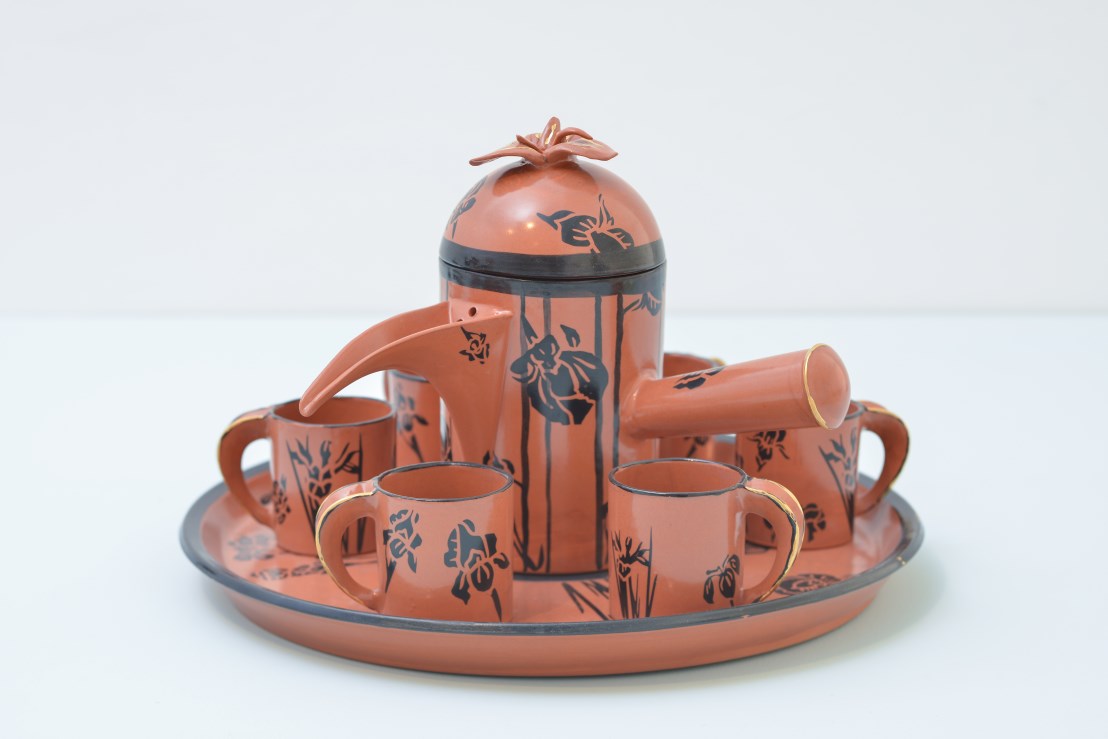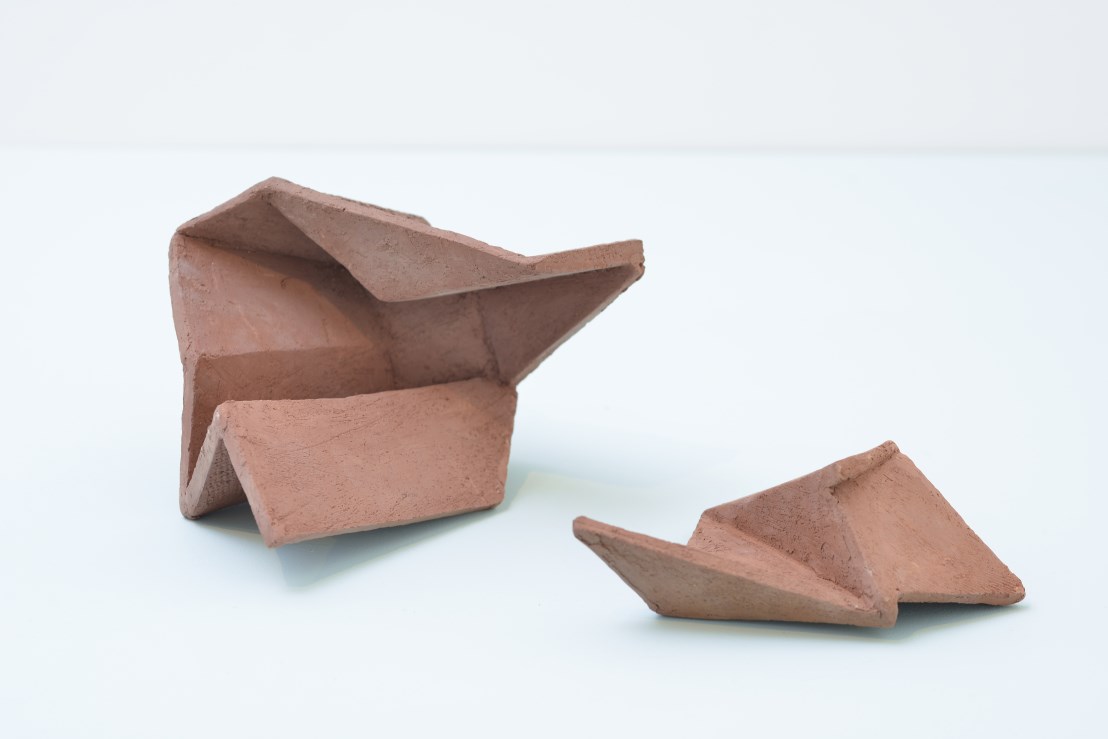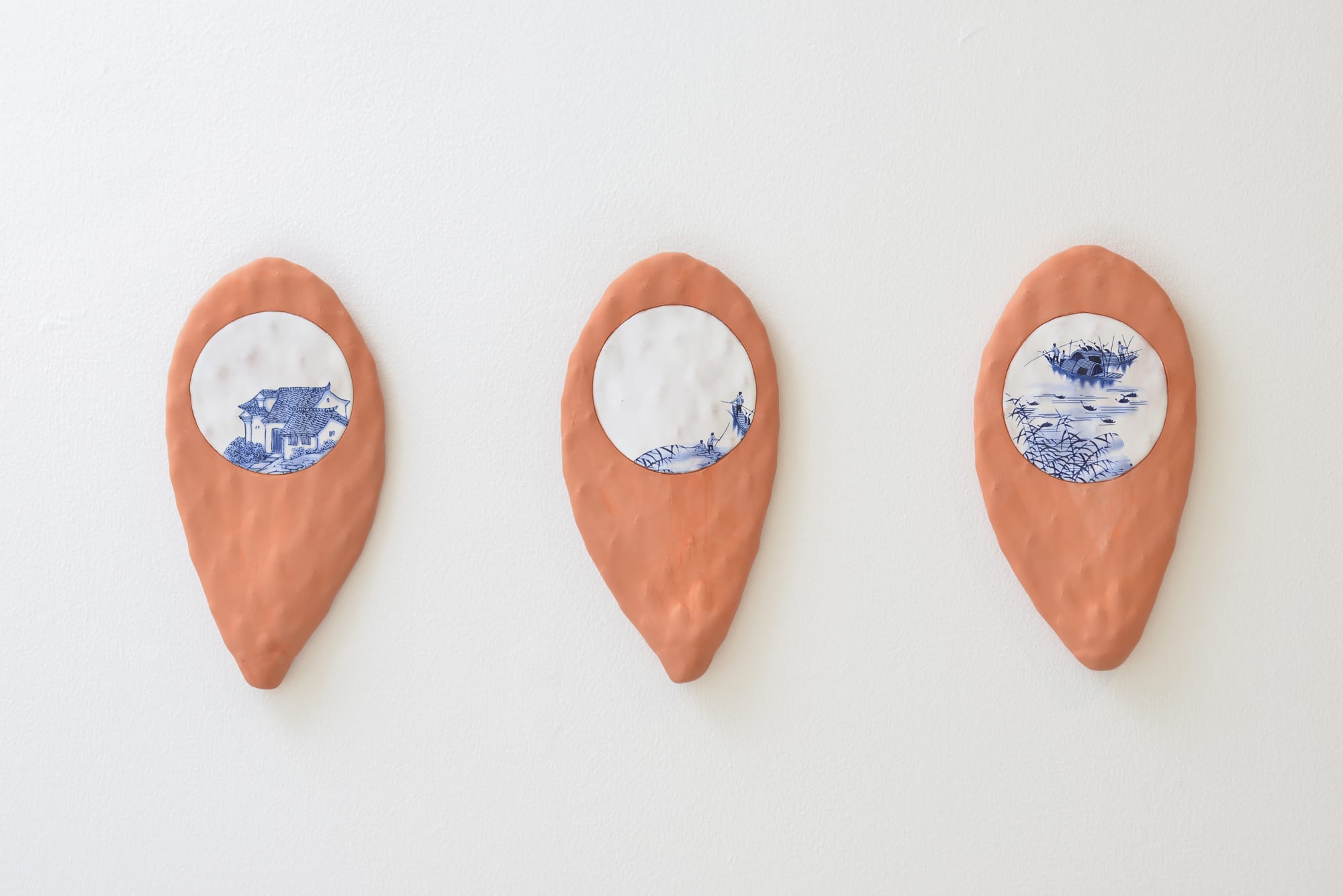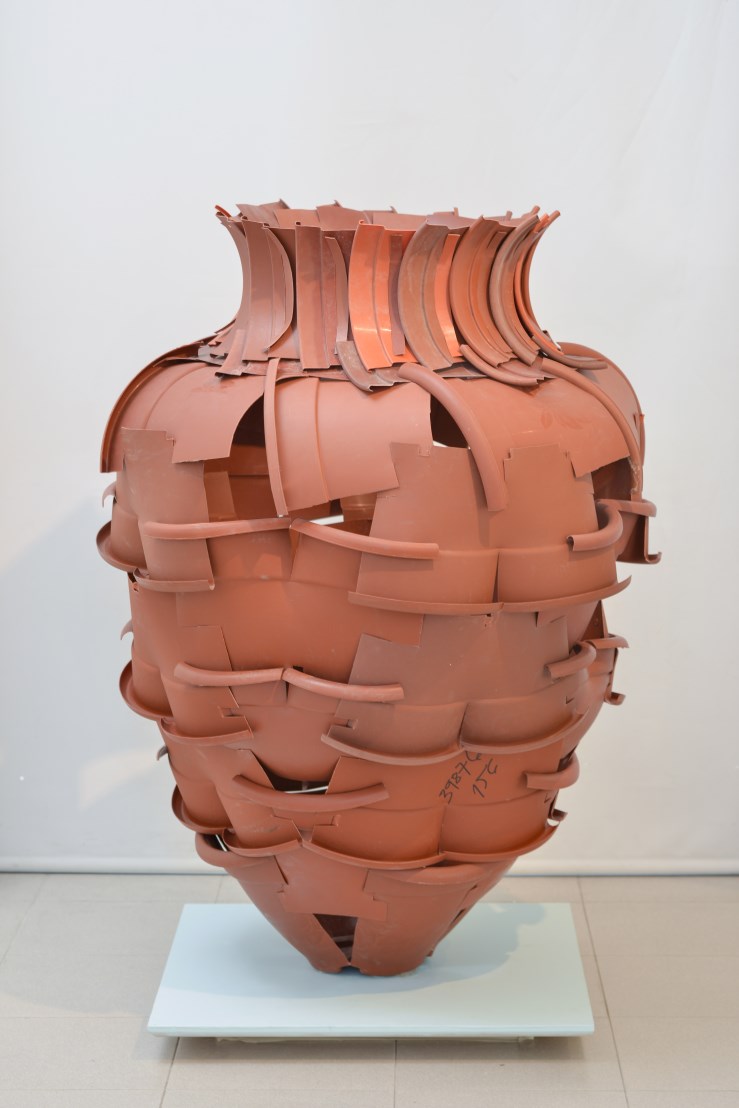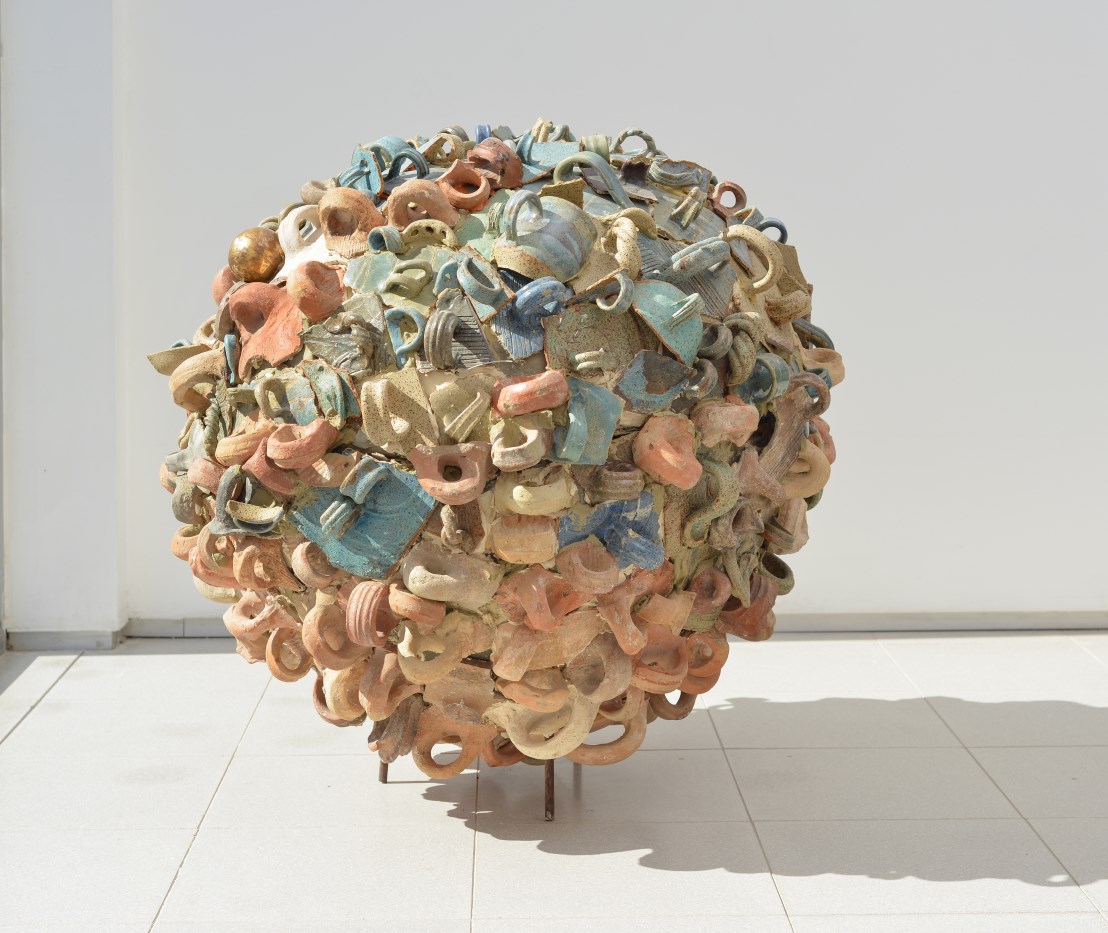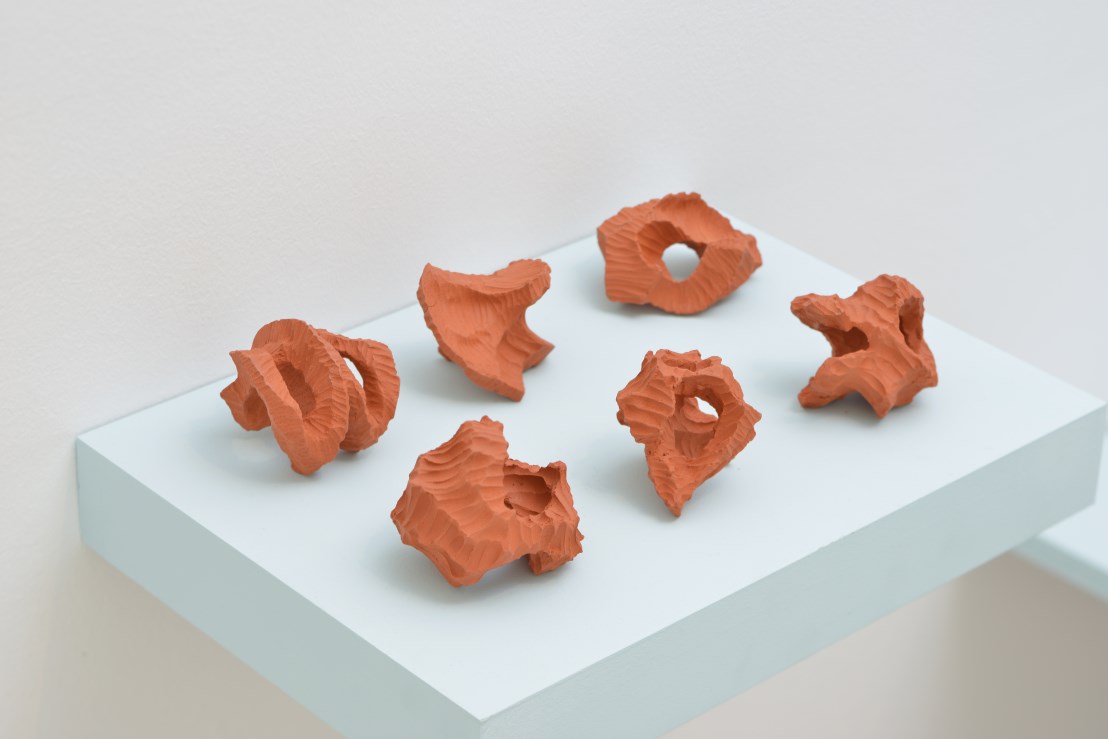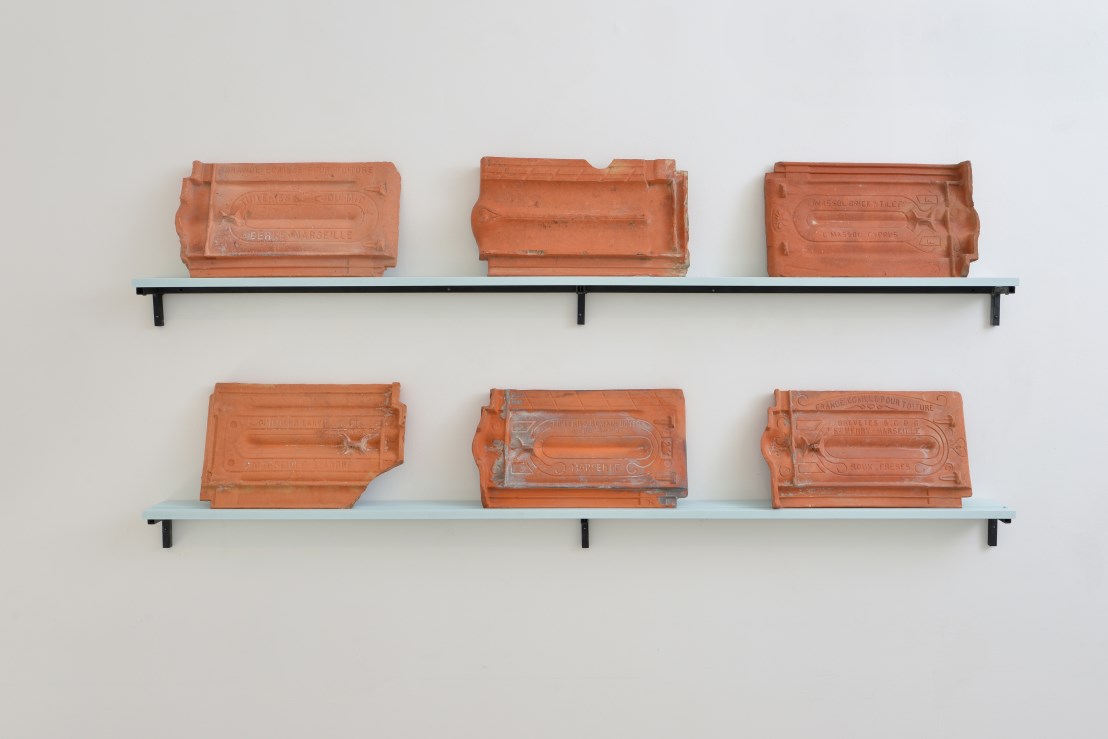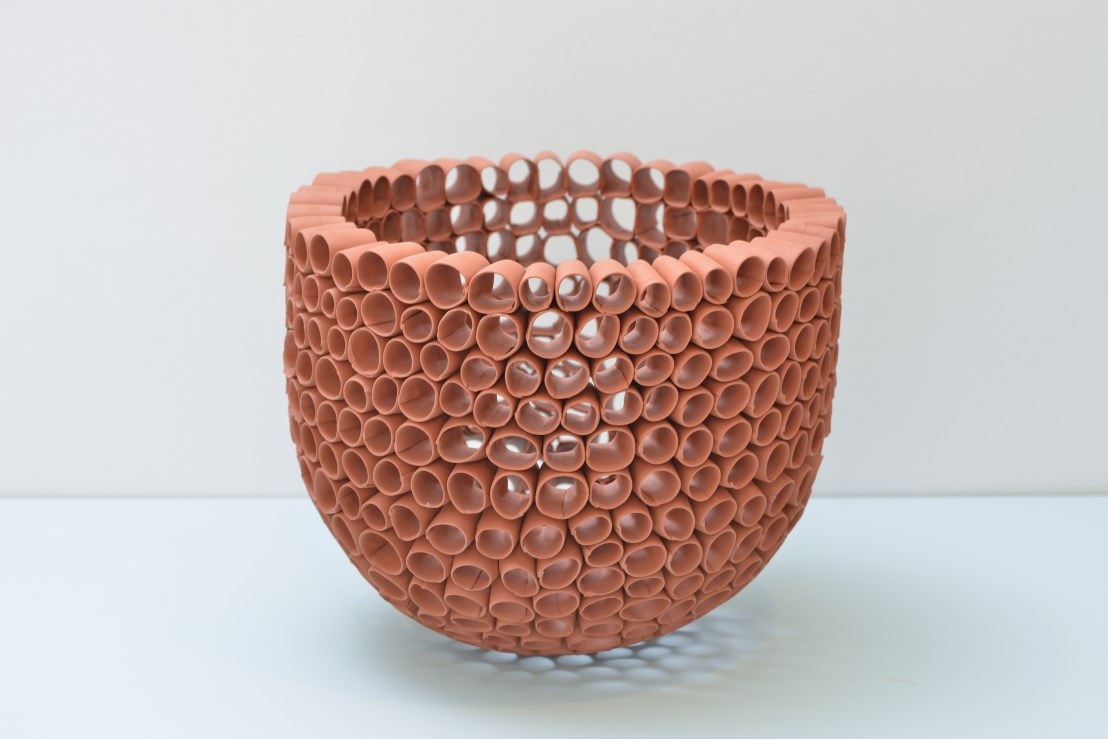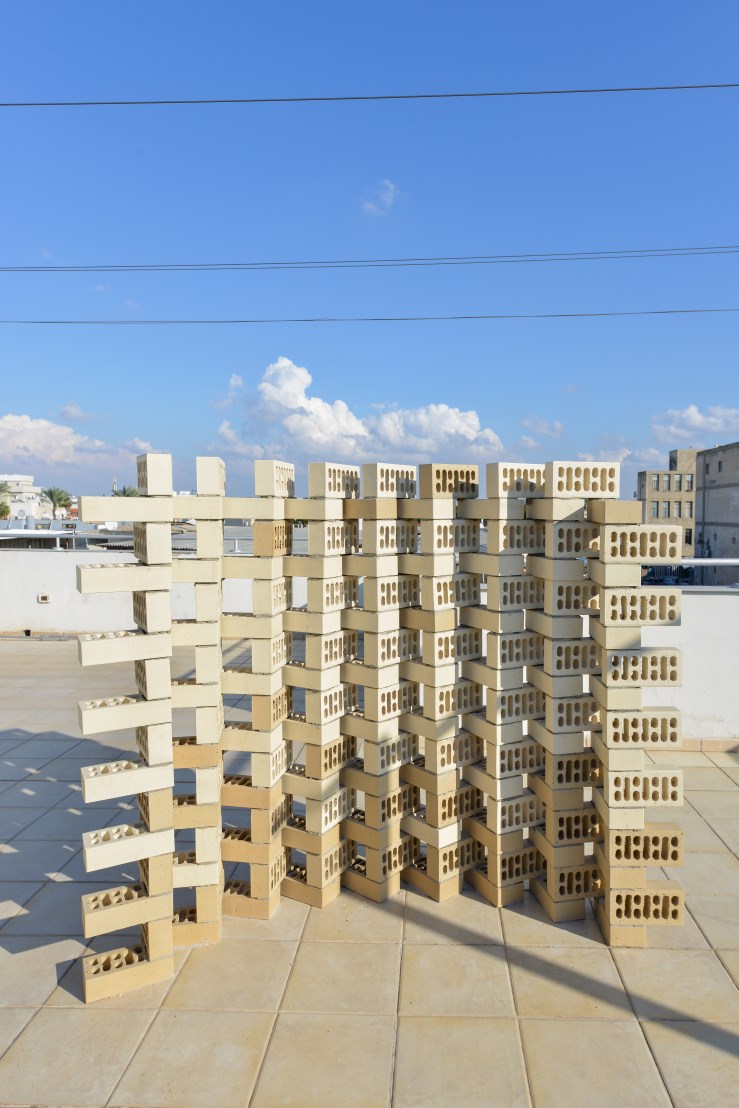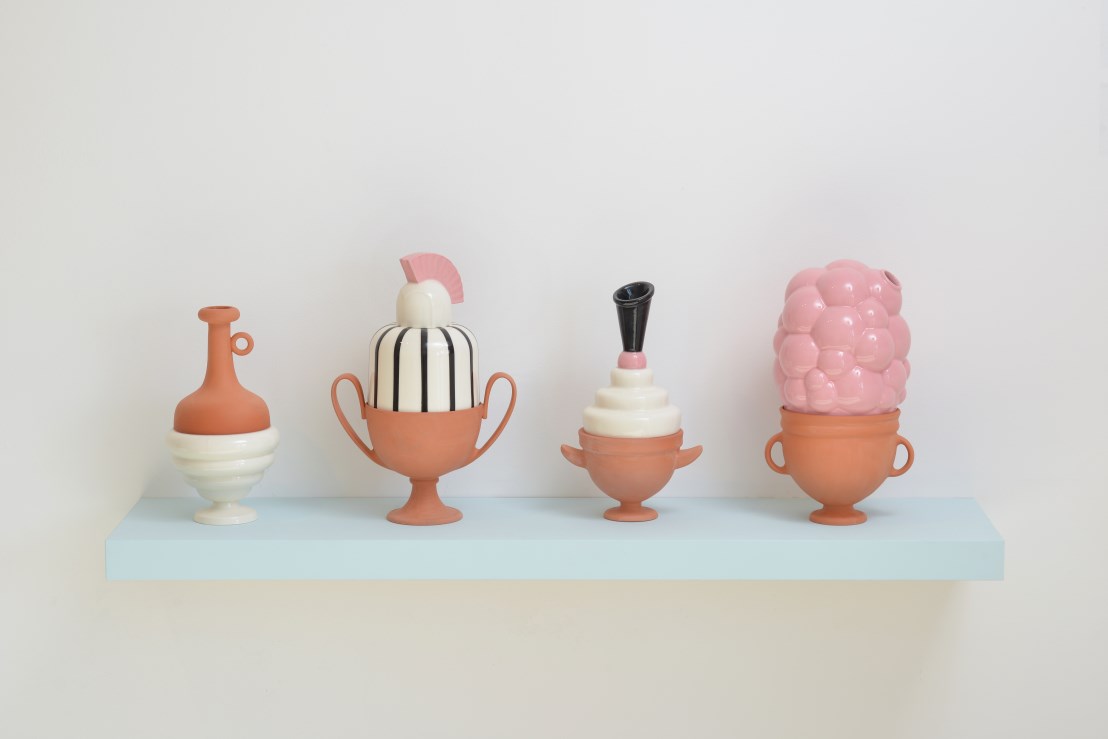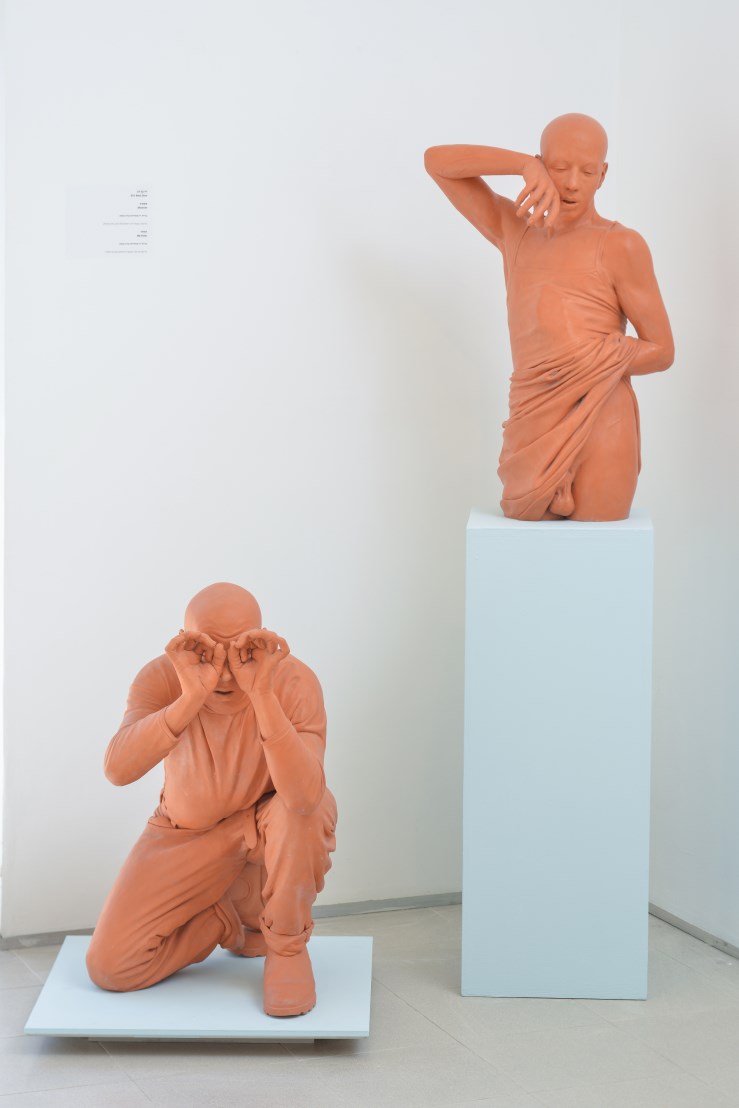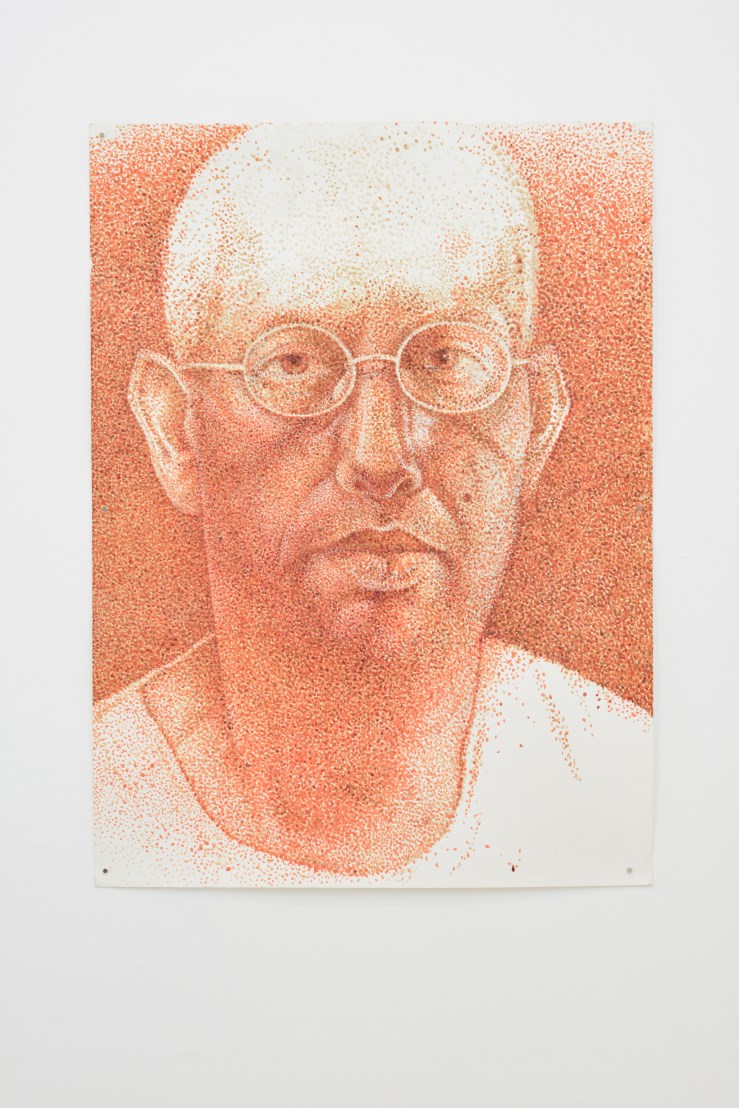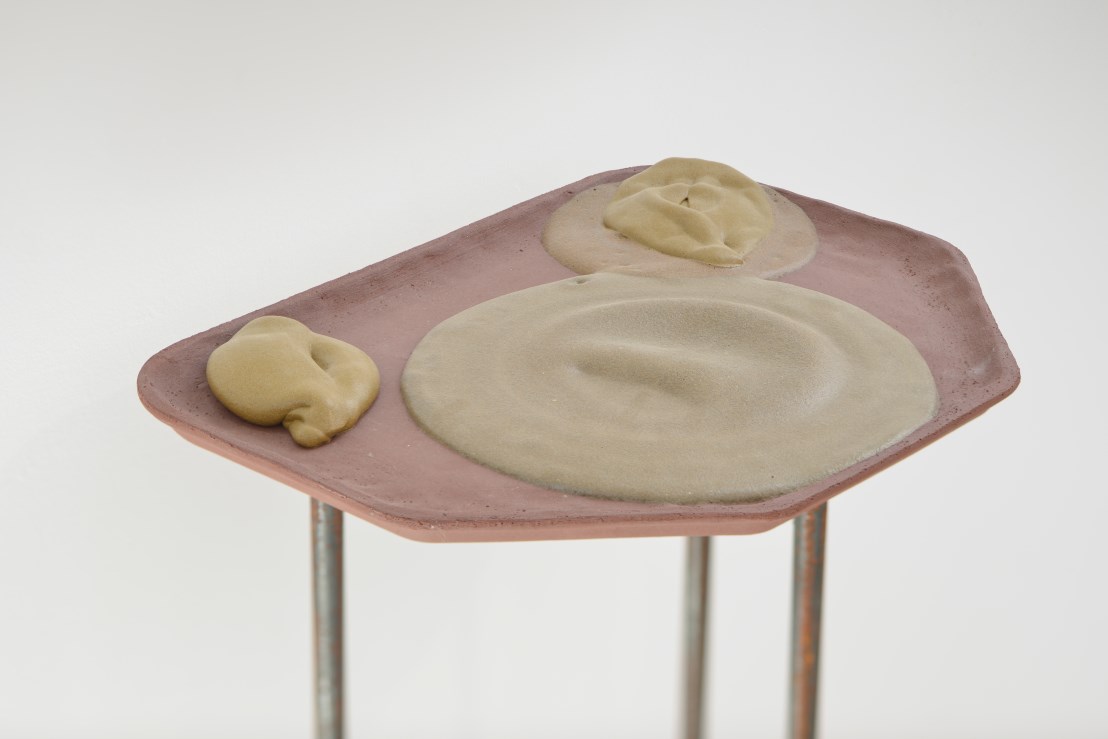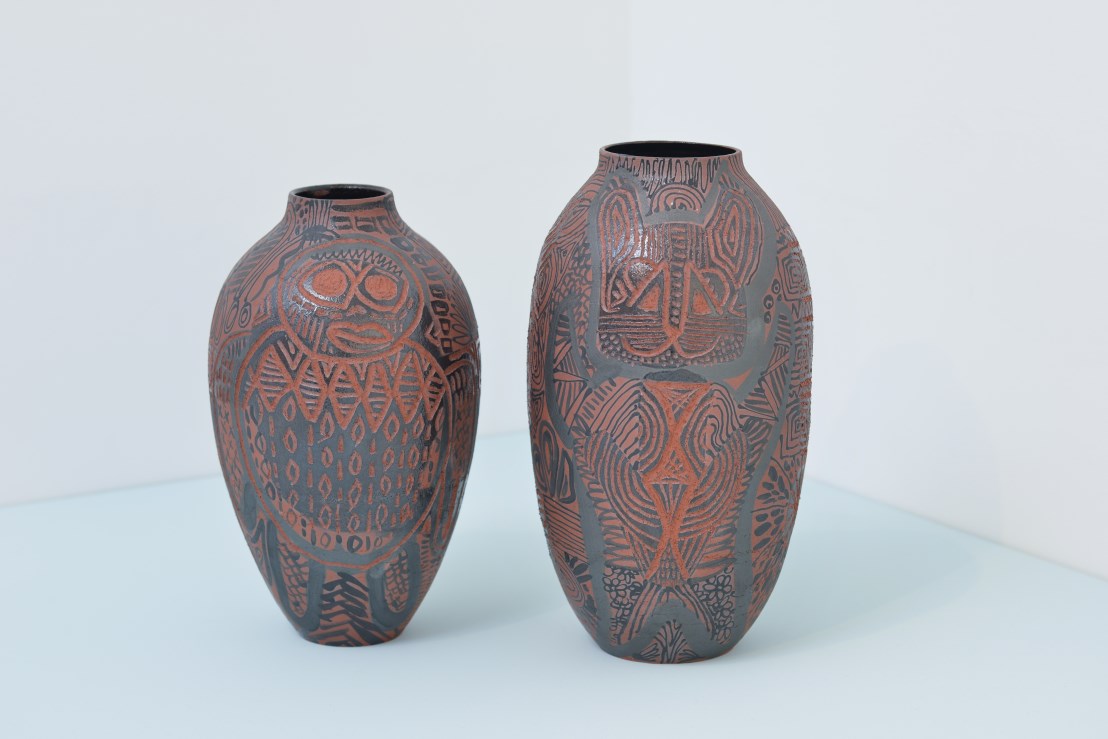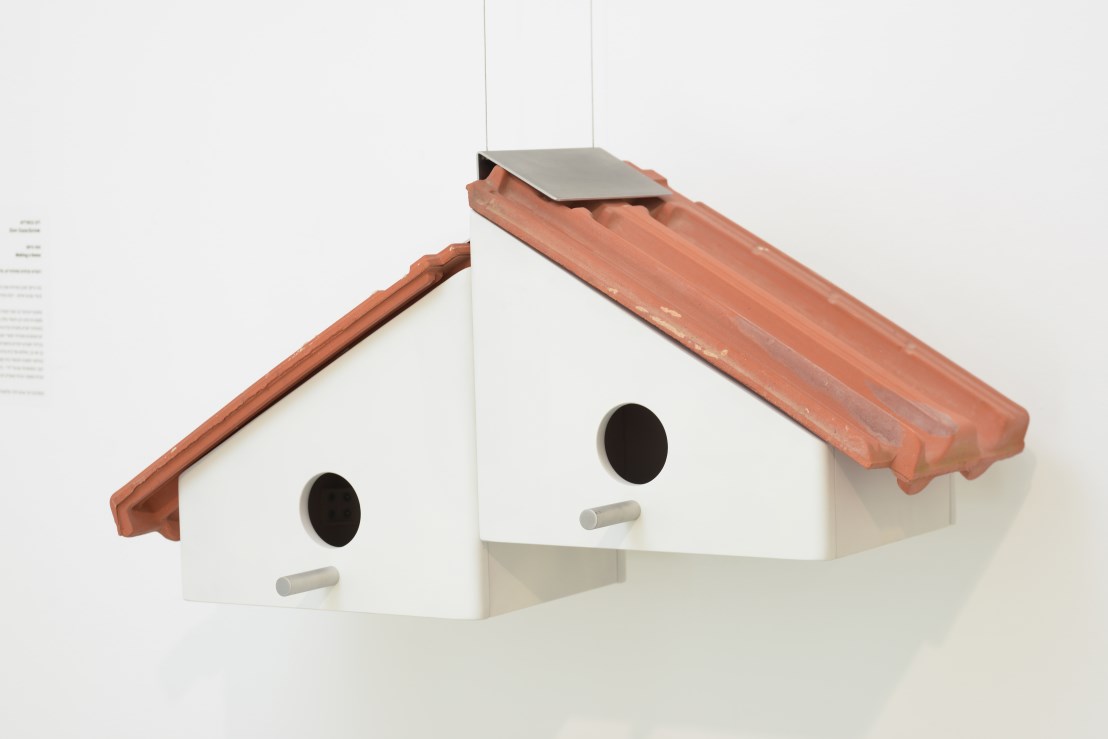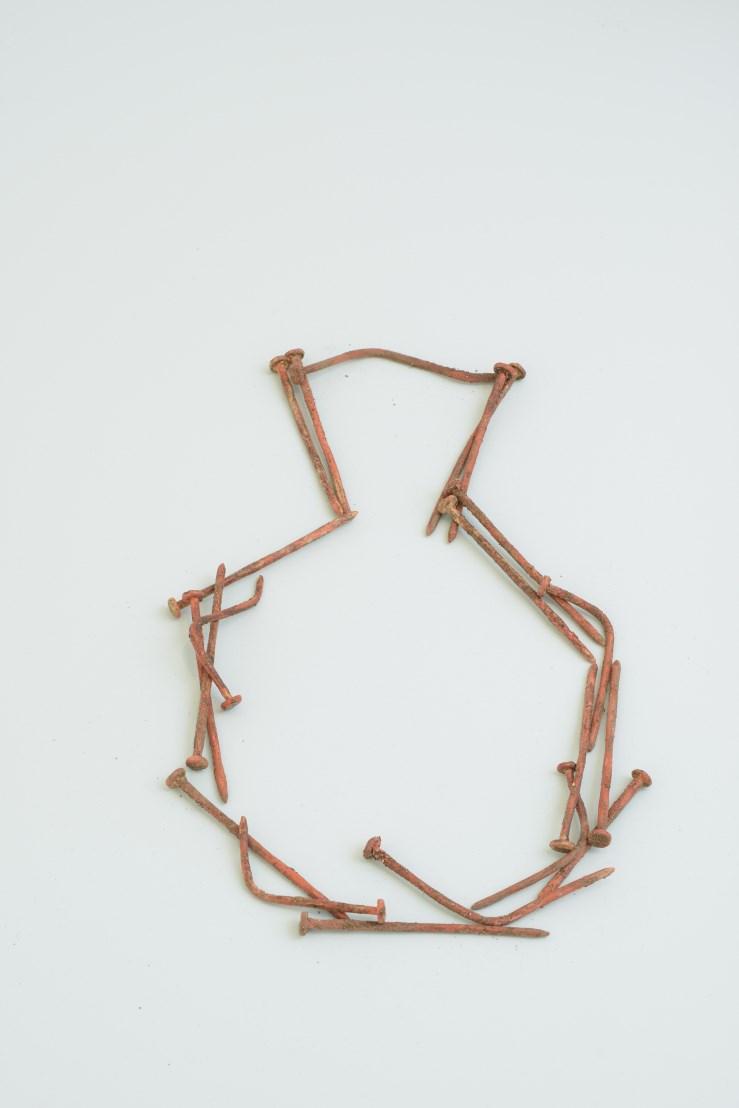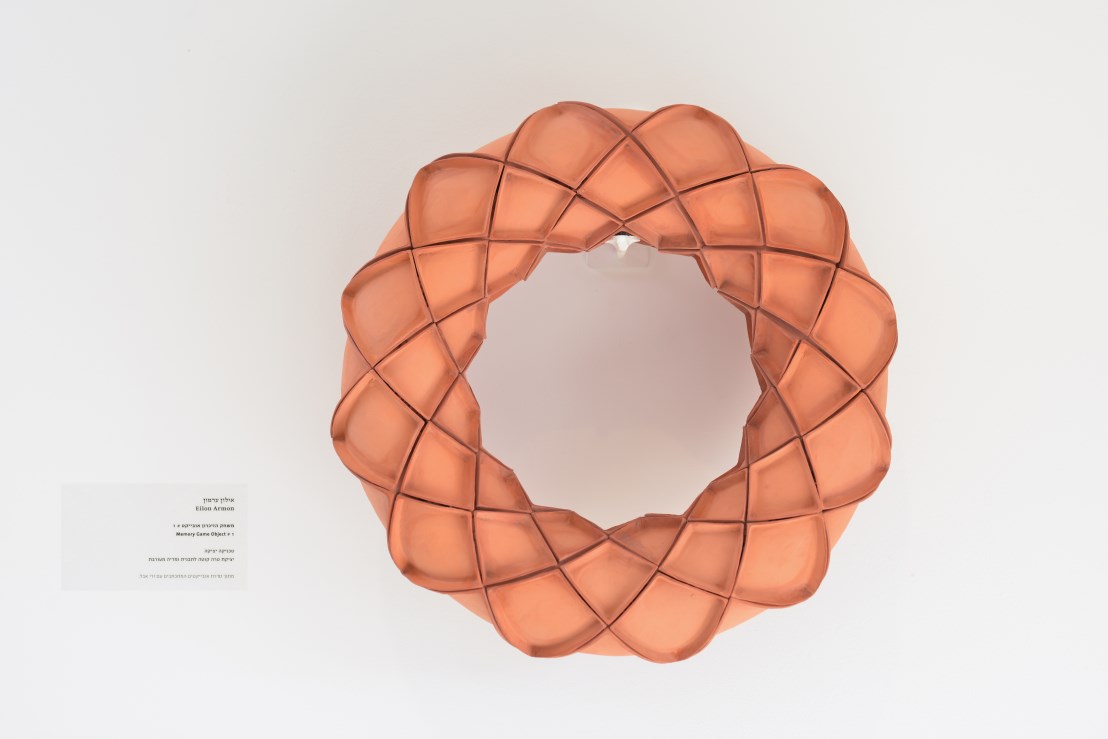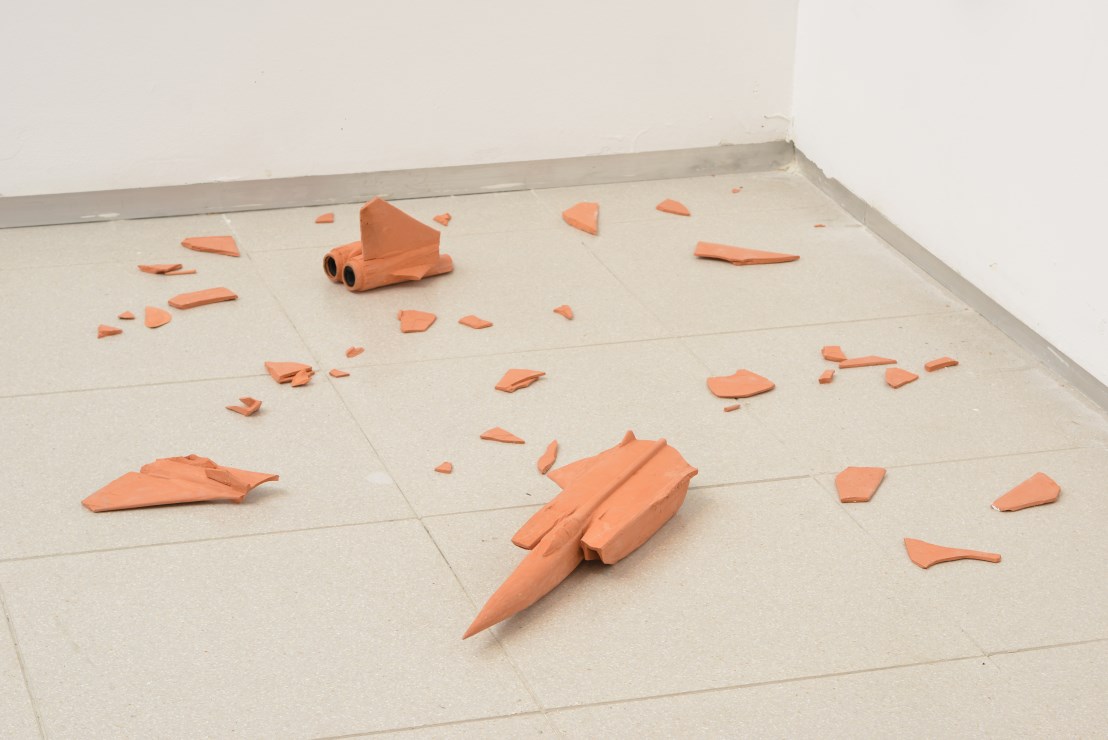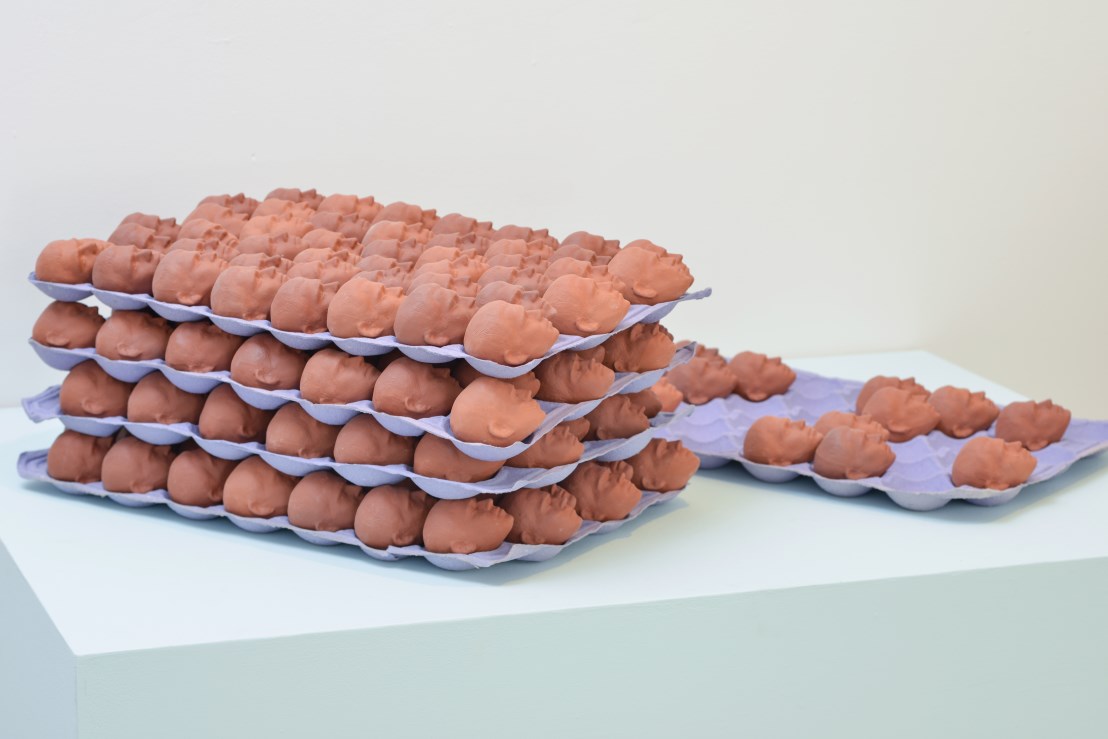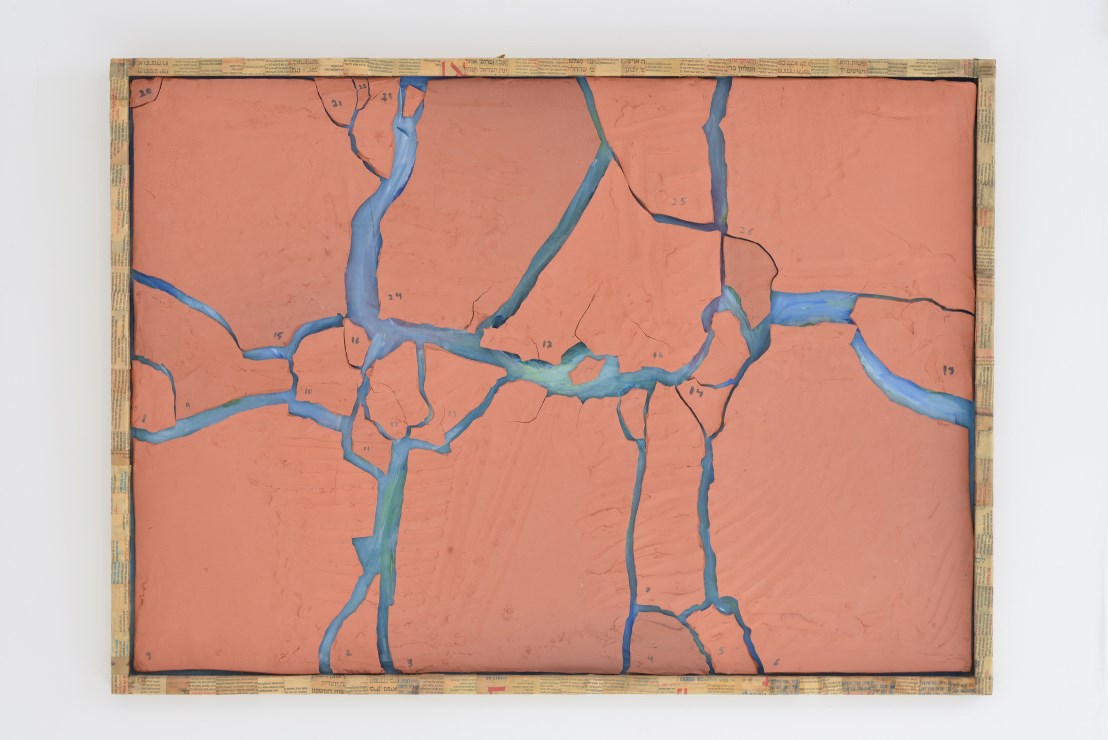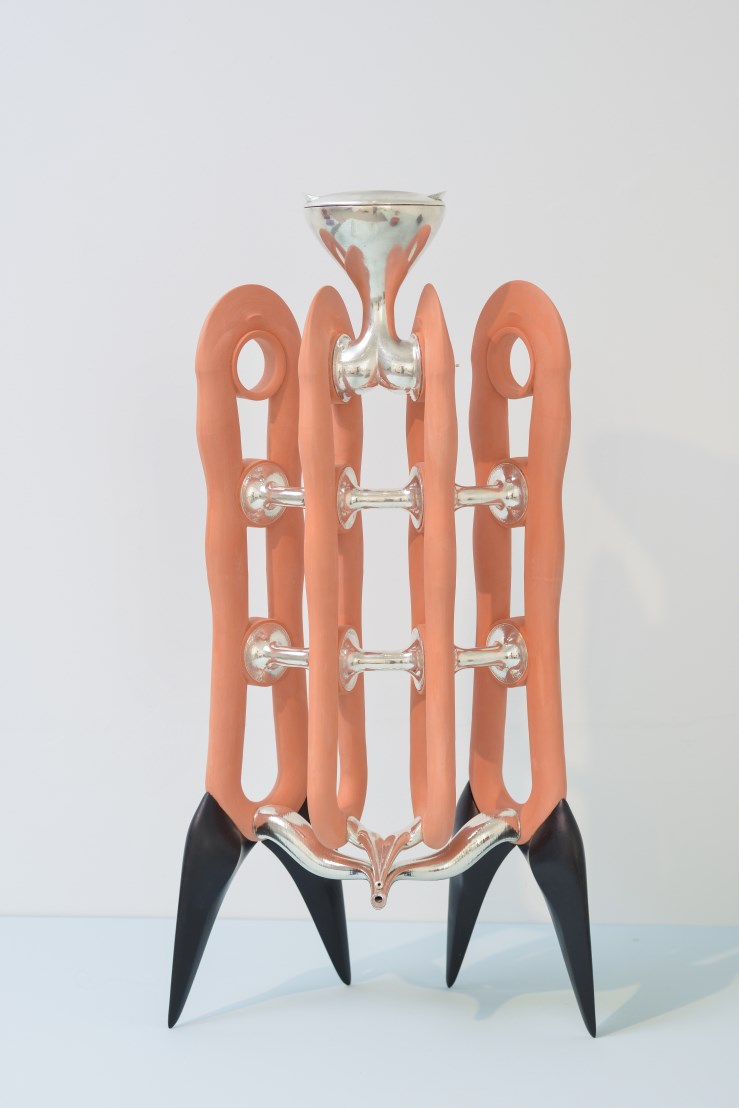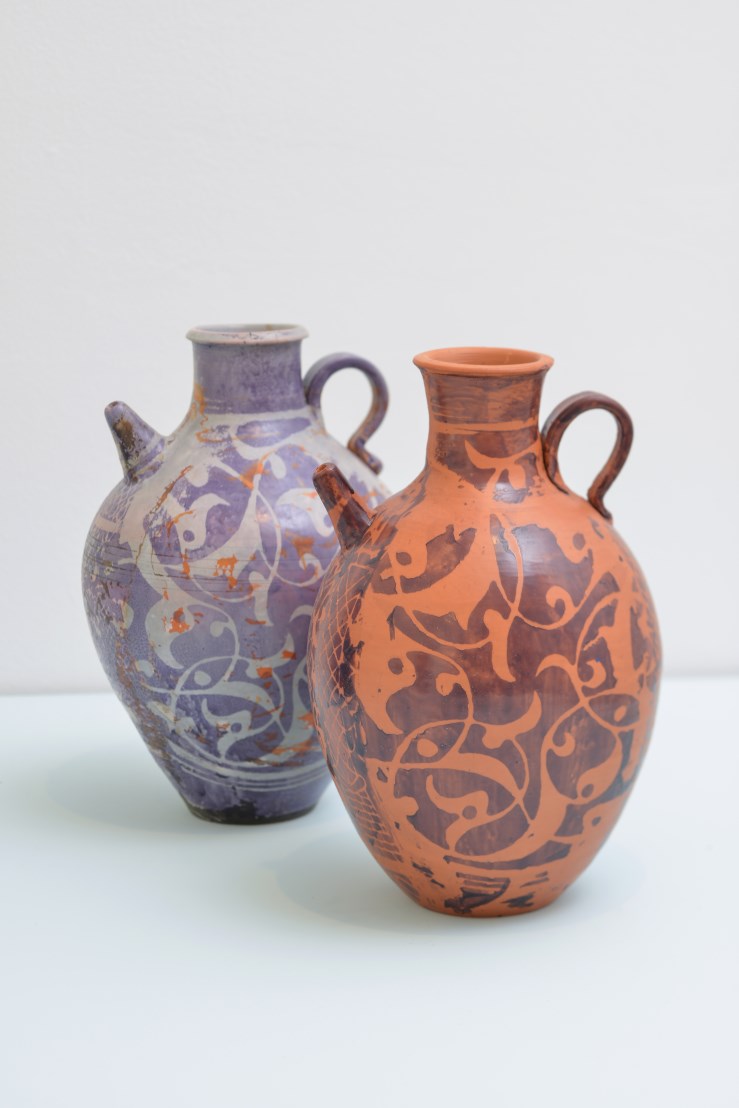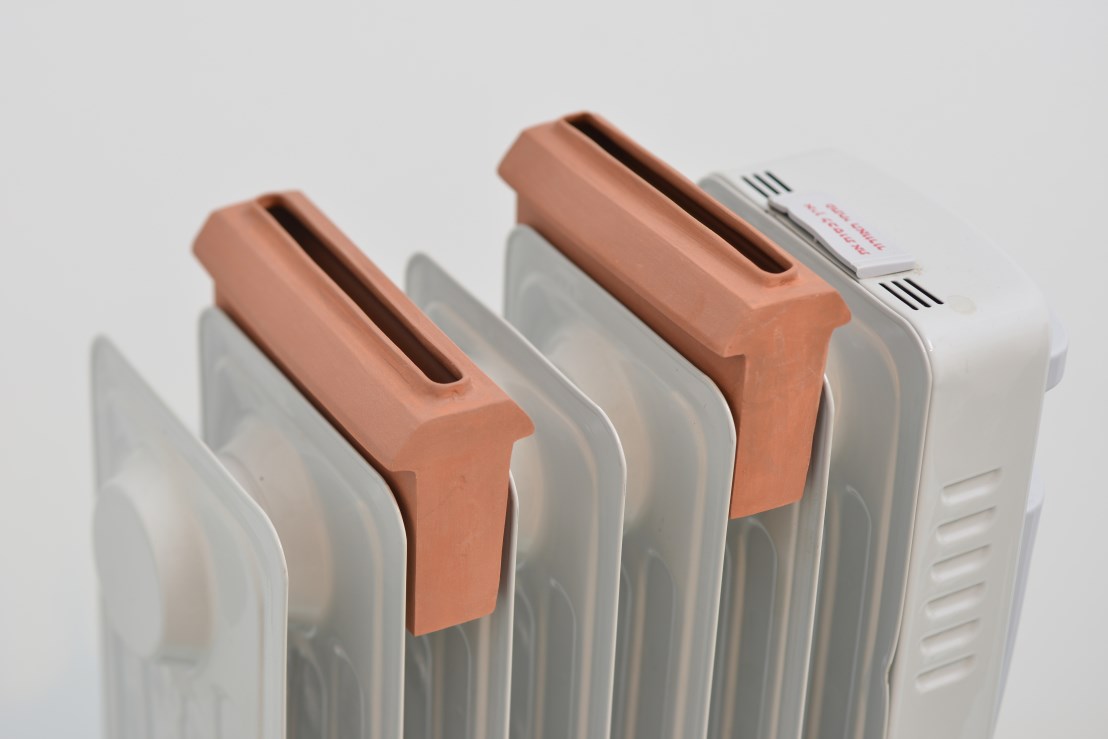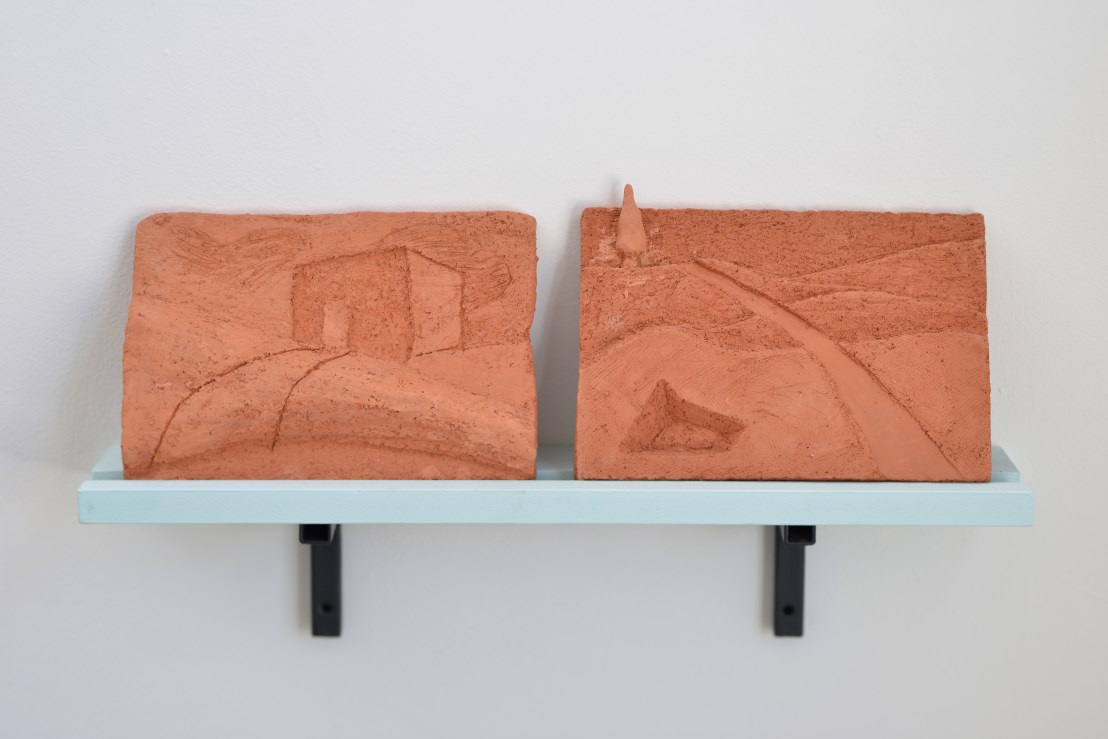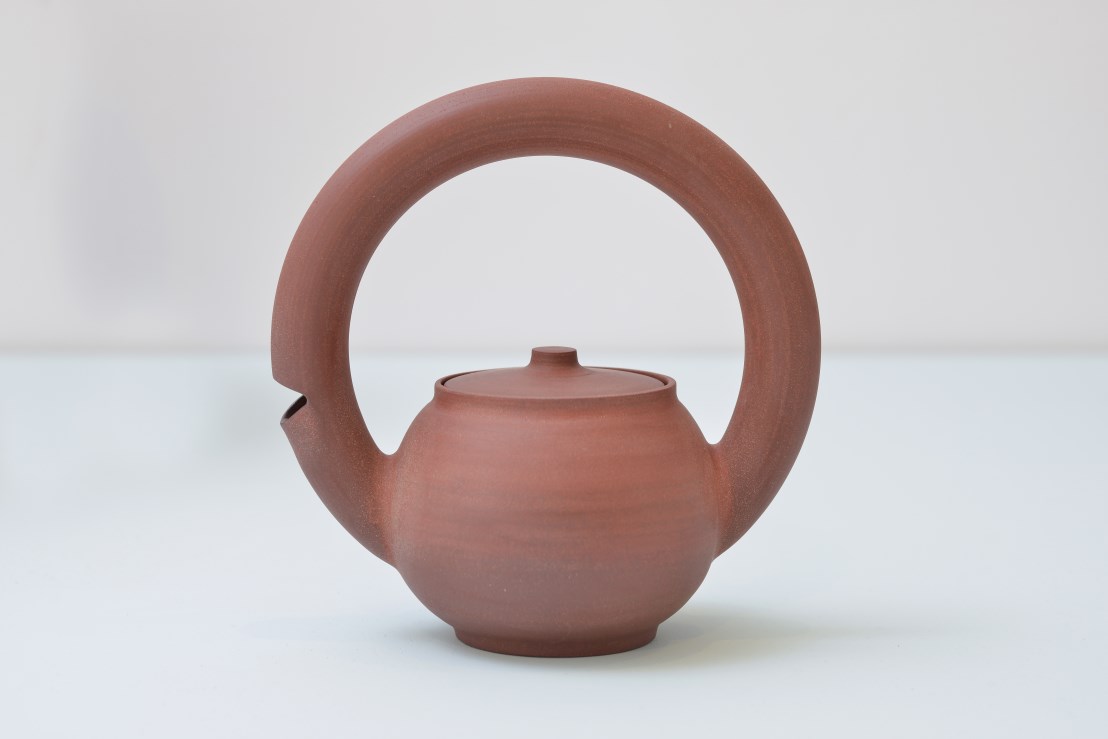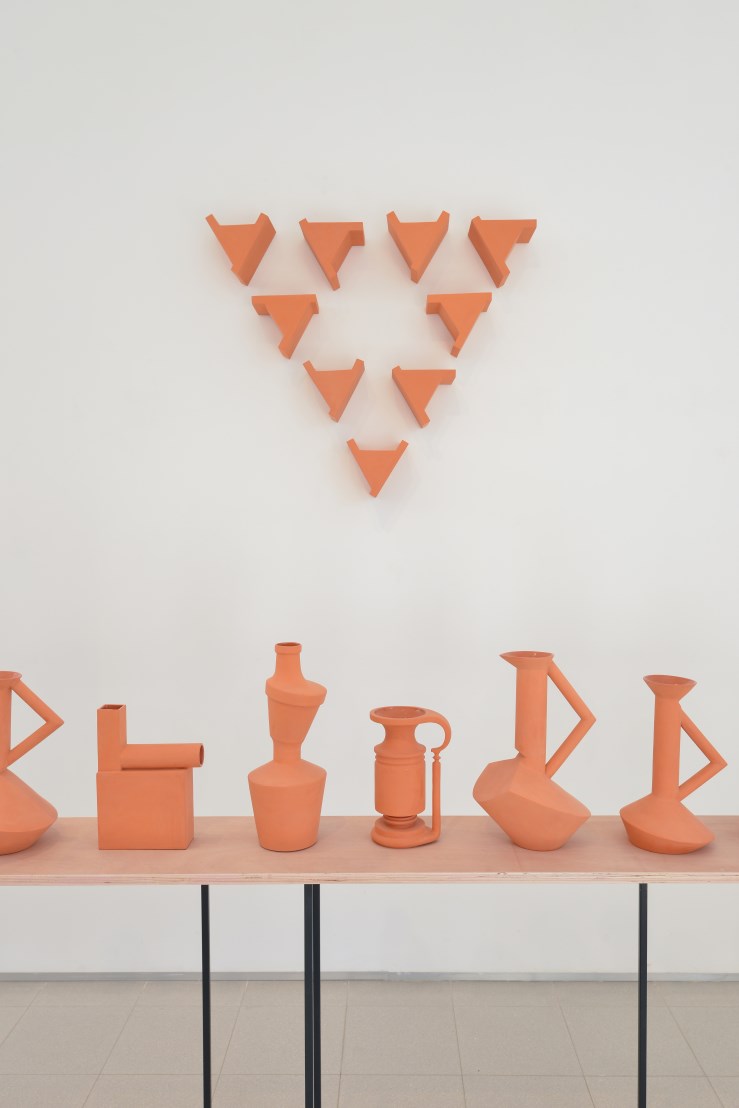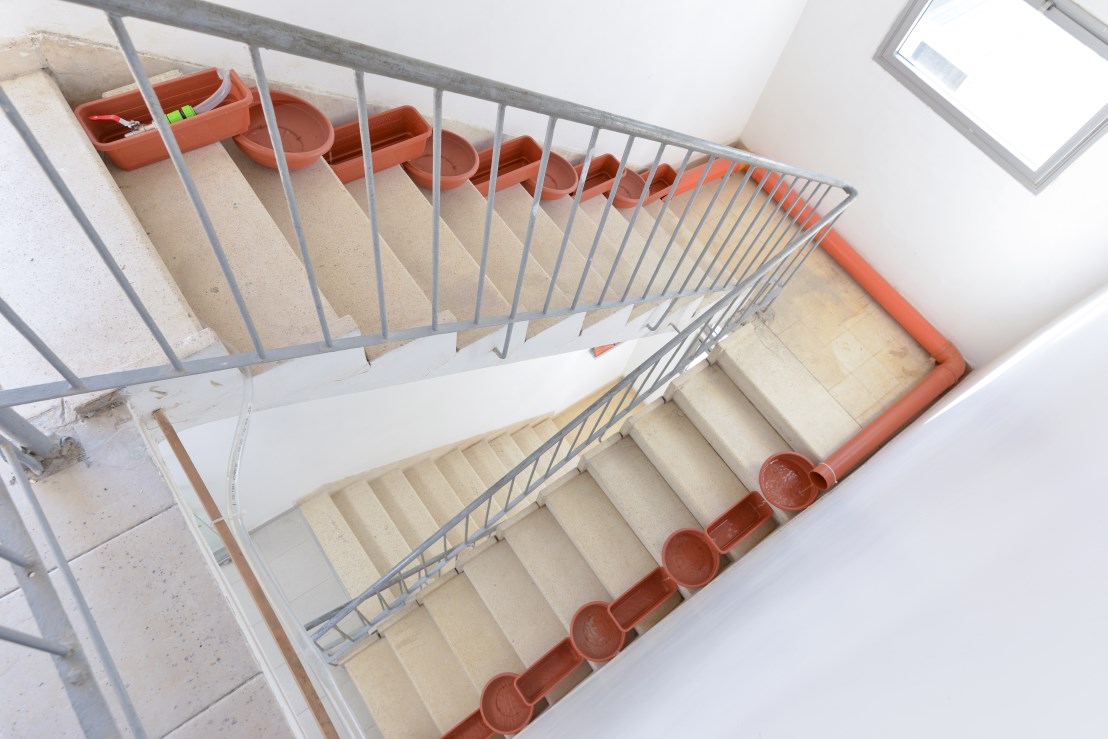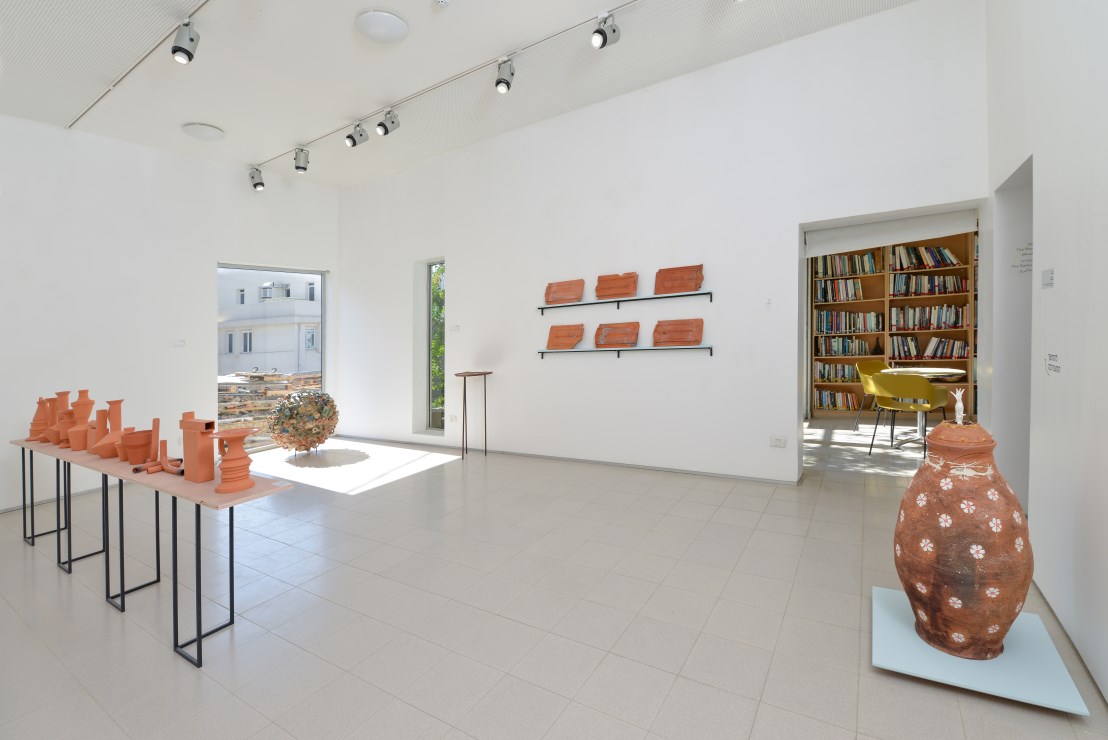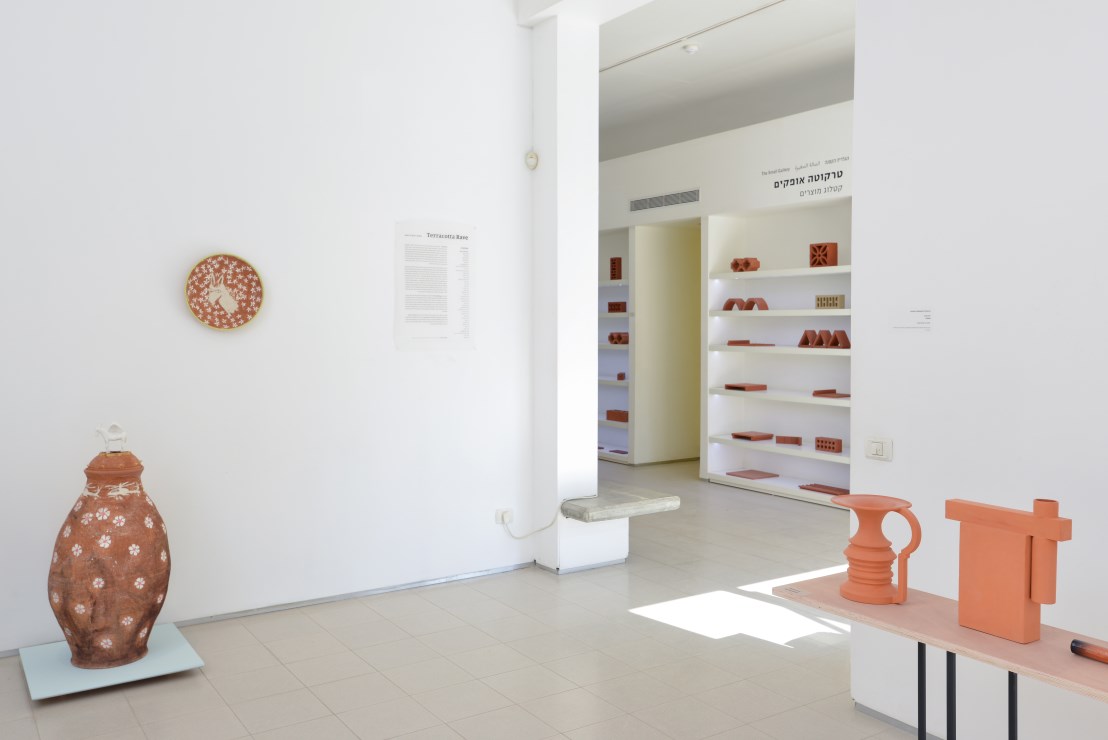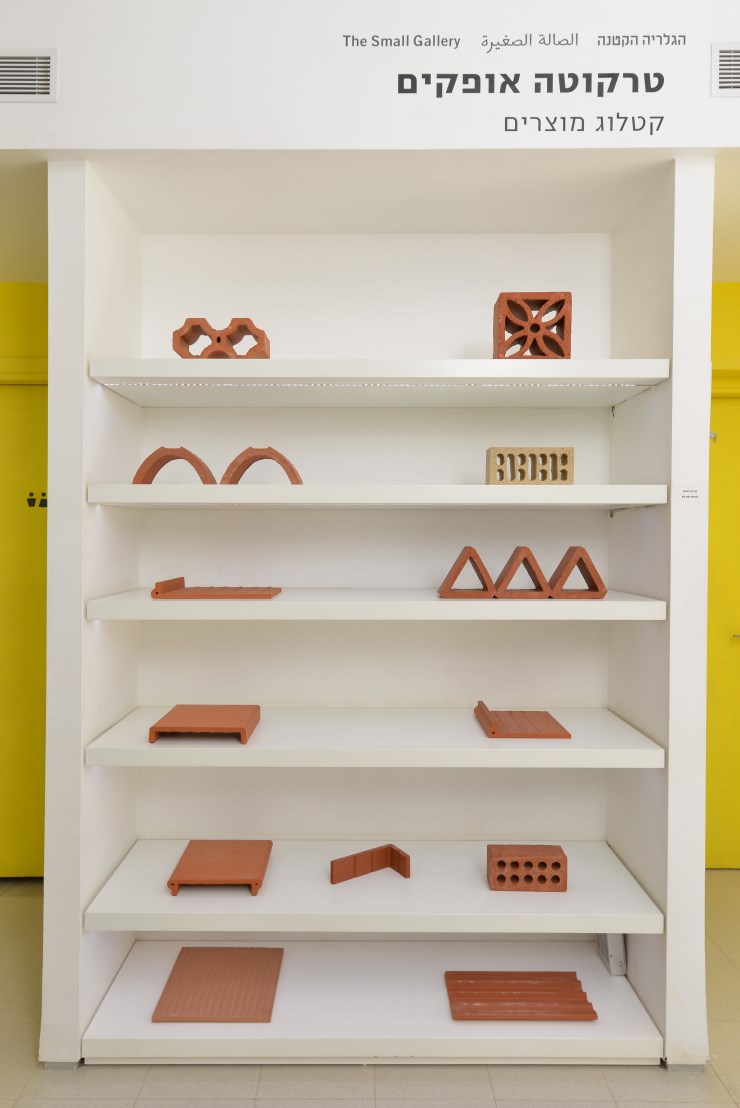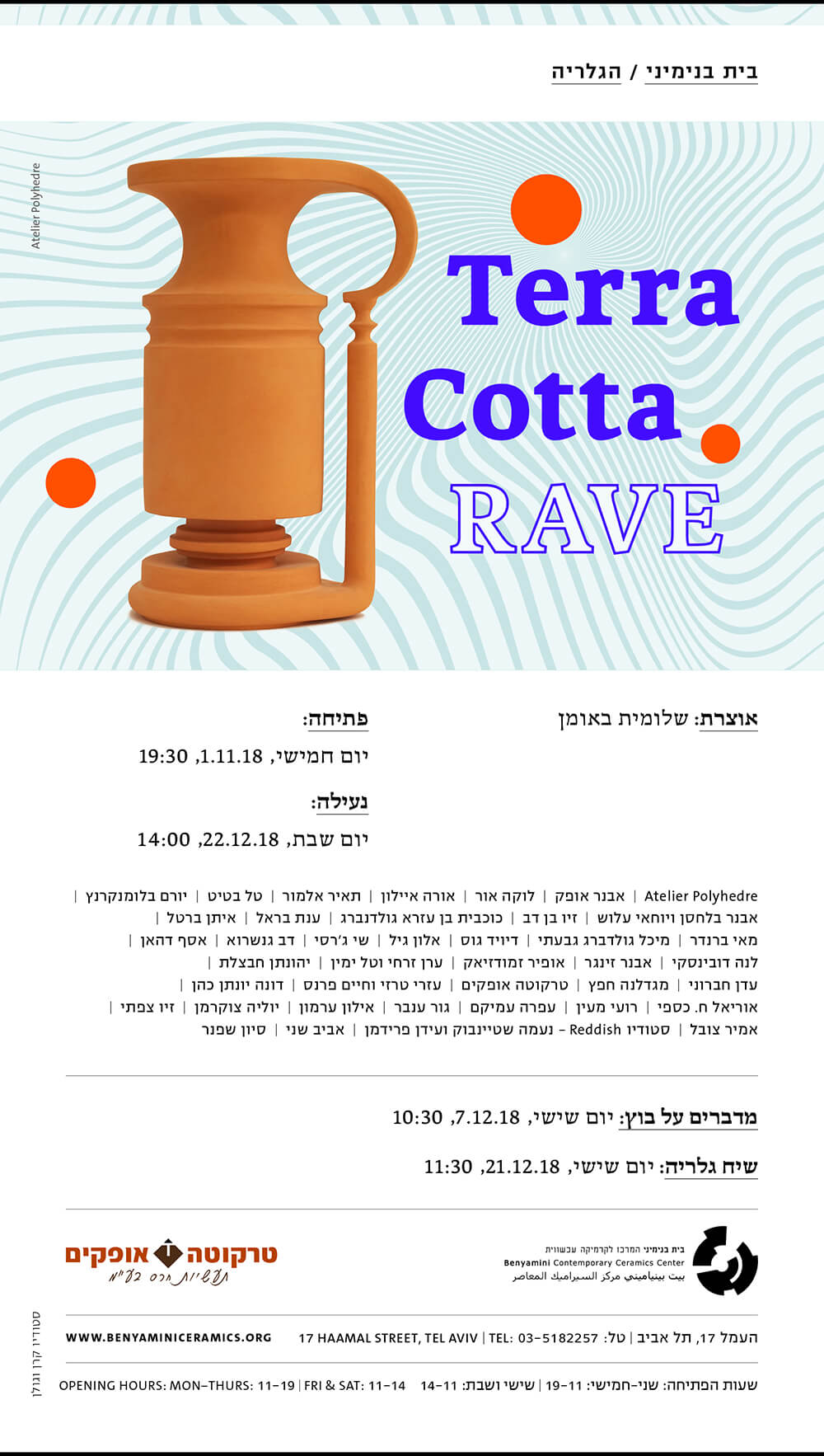Curator: Shlomit Bauman
Opening: November 1, 2018 at 19:30
Closing: December 22, 2018 at 14:00
Morning of lectures: Friday 7/12/18 at 10:30
Gallery talk: Friday 21/12/18 at 11:30
Photo by Shay ben Efraim
Participants: Atelier Polyhedre, Avner Ofek, Luka Or, Orah Ayalon, Tair Almor, Tal Batit, Yoram Blumenkrantz, Avner Balahsan and Yohay Alush, Ziv Ben Dov, Cohavit Ben Ezra Goldenberg, Anat Bar El, Eitan Bartal, May Brender, Michal Goldberg Givati, David Goss, Alon Gil, Shay Gerassy, Dov Ganchrow, Asaf Dahan, Lena Dubinsky, Avner Singer, Ofir Zmudjak, Eran Zarhi and Tal Yamin, Yonathan Havazelet, Eden Hevroni, Magdalena Hefetz, Terracotta Ofakim, Ezri Tarazi and Haim Parnas, Dona Jonathan Cohen, Uriel Caspi, Roy Maayan, Ofra Amikam, Gur Inbar, Eilon Armon, Yulia Tsukerman, Ziv Tsfati, Amir Zobel, Studio Reddish – Naama Steinbock & Idan Friedman, Aviv Shany, Sivan Scheffner
The Mediterranean is characterized by Terra Cotta, a reddish clay that fires at a low temperature (950 – 1100 deg.C). This clay has been used from ancient times until today and has created a material culture that is a visible identity because of the extensive use in its many functions. When traveling in the Middle East, North Africa and Southern Europe, terracotta in its full palette of colors from red to pink, is visible in the internal and external architecture. Terracotta is and was used for food and cooking utensils, architectural elements (tiles and bricks, pipes and planters), water filters, sculptures and figurines. Terracotta RAVE examines the local, Middle East and Mediterranean presentation of the use of this clay.
Terracotta is a clay saturated with red iron oxide and is similar in color to various types of earth. The color can vary from reddish to pinkish or mustard, depending on the source. The firing temperature range is the lowest in the ceramic spectrum and is called earthenware since it is similar to earth.
The use of terracotta is very common around the world since it is available, cheap and easy to work with and fire. The Israeli terracotta is pink to mustard in color and a paler version of the southern European clay.
When traveling in southern Europe (Portugal, Spain, Italy, France and Greece) and in Northern Africa (Morocco, Libya, Egypt) it is easy to recognize the centrality of terracotta in the architectural and functional culture. In Israel what is obvious is the lack of use of the local terracotta in the public and private space.
In the past there were artists such as Hedwig Grossman, Amnon Israeli, Chana Charag Tzuntz or Israel Bankir who placed great importance on the use of local materials. However, despite the traditional use of local terracotta, it has disappeared from the architecture in Israel and the functional vessels in the home.
One of the reasons lies in the cultural and political break with the traditional, local Palestinian culture. Another reason is the modernist building that was characteristic of the beginning of the State of Israel which focused on the use of concrete instead of traditional Palestinian building (work quarters and brutalist architecture) and with time these structures became monstrous concrete, metal and glass buildings. The third reason is the development of a global material cultural identity – shunning the local east – and the desire to be international and western with the use of porcelain and industrial white materials. The desire to be global turned the brown clay into old and archaic.
The exhibition Terracotta RAVE re-examines the presentation of terracotta in material culture, examining issues such as local identity, with an attempt to fall in love once again with the reddish-brown clay (or more accurately pinkish, mustard) and to examine its visibility and huge potential in architecture and its expression in art. The exhibition uses a clod of earth in a journey to the notion of identity, elusive and tricky, charged with personal and collective questions, political, local and global.
The exhibition will take over all the spaces in the Benyamini Center, from the ground to the roof, and will include 42 works by artists, makers and designers, including an installation by Atelier Polyhedre Baptiste Ymonet & Vincent Jousseaume ,from Nantes, France, a studio that works on the seam between art, design and space. In addition, we will show products made by Terracotta Ofakim, a family factory that produces and imports terracotta building elements.
Terracotta Ofakim production process:
https://www.youtube.com/watch?v=aceWljNswp8
An excerpt from an interview between Shlomit Bauman the curator and R.V. from the factory
Terracotta Ofakim is a family business established by the Vehaba family in 1982 – Yehoshua Vehaba and his brother – and to this day is managed by the family. It is located in the western Negev in Ofakim and it specializes in the manufacture of items made from clay, especially terracotta. In the beginning they made roof tiles at a time when single houses with tiled roofs became popular in Israel. After a while they expanded to other products and today, they no longer make clay roof tiles.
The children oversee the marketing. Their involvement in the making of clay products led them to become involved in architecture and architectural projects in Israel. The use of terracotta is not that prevalent in Israel since builders prefer cheaper materials. However, the use of terracotta in the many projects around Israel has proven the quality of the product over time.

